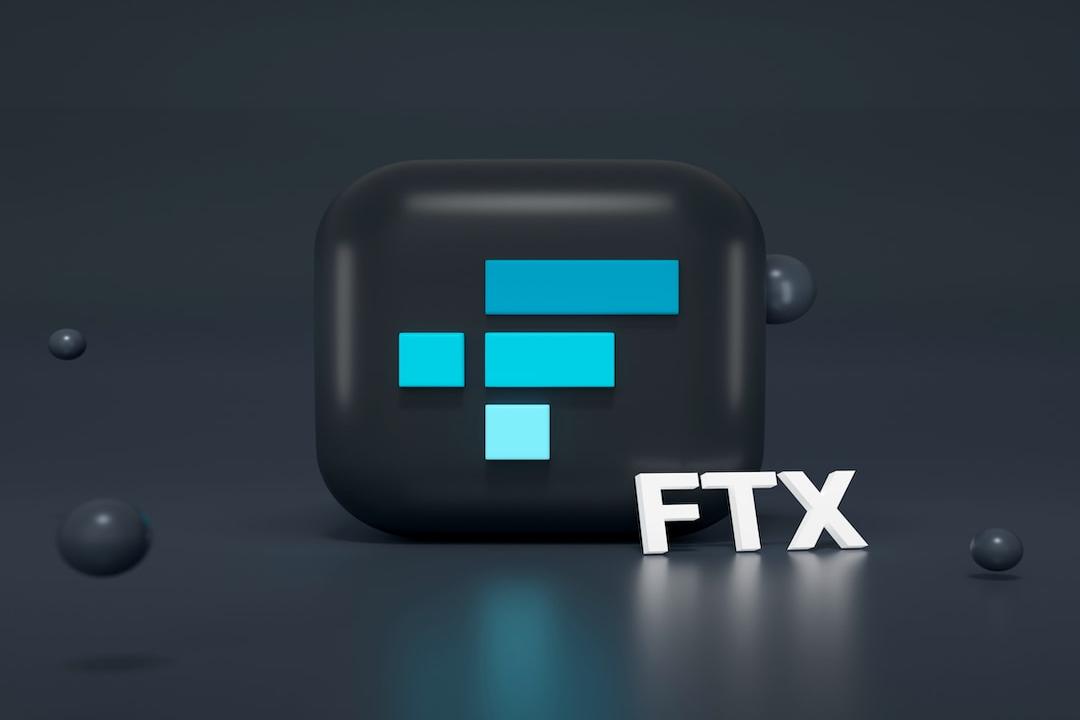The NFT space is plagued by constant crypto-based scams, making it crucial to stay updated in order to prevent falling victim to new and existing scams. Additionally, the intense competition for newly minted NFTs can drive up prices and transaction fees, making them unaffordable for early supporters. However, NFT providers have found a solution to these issues through the use of whitelists or allowlists, which grant special privileges and access to newly minted nonfungible tokens.
Whitelisting is a concept borrowed from cybersecurity, where a list of approved IP addresses, email addresses, and applications is created while rejecting all others. In the NFT space, a whitelist consists of wallet addresses that have exclusive minting rights, allowing them to mint one or more NFTs before they are released to the general public, often at a lower cost.
To get on an NFT whitelist, one must first have their address approved. NFT projects typically want their tokens to be accessible to true fans and early backers, so they evaluate users’ accounts before adding them to the whitelist. Once selected, users are given a specific date and time to mint their token.
Whitelists offer numerous benefits to investors, collectors, and project creators. Being on a whitelist allows devoted fans to mint NFTs before the general public, avoiding gas wars and often resulting in a lower mint price. Whitelisted users also have a free time slot to complete their purchase, saving on gas fees and allowing them to spend more on actual NFT purchases. Additionally, collectors on whitelists may be rewarded with airdrops of high-value NFTs.
Project creators also benefit from whitelists as they save upfront marketing fees and leverage the promotion efforts of early backers. Whitelisted users are financially incentivized to remain active in the project and attract new supporters. Moreover, whitelists help prevent spam from non-whitelisted addresses, which can raise gas prices and reduce network performance.
However, there are drawbacks to whitelists. Getting on a whitelist can be time-consuming and requires consistent engagement on the project’s communication channels. Additionally, scammers may attempt phishing attacks to deceive investors, so caution is necessary when communicating with project representatives. Finally, unpopular NFTs may be difficult to sell on the secondary market, so thorough research is essential before minting nonfungible tokens.
To get whitelisted for NFTs, one can contribute to a project through its Discord server, Twitter, Telegram group, and other social media platforms. Finding an NFT project before it launches and joining its Discord server are essential steps. Following the project’s instructions and fulfilling the prerequisites for whitelist applications will ultimately lead to getting added to the whitelist.
For Binance NFT, users can gain exclusive access to recent NFT sales by meeting the NFT or BNB requirements and participating in the NFT Subscription Mechanism. This allows users to purchase NFTs with participation tickets, with the likelihood of winning tickets increasing as more tickets are subscribed to.
When dealing with NFT whitelists, it’s important to be aware of scams. Genuine NFT creators do not ask for bribes or private key and bank details. Users should only trust official links posted on the project’s official channels.
While getting on an NFT whitelist requires effort and may not always be successful, the opportunity to gain early access to exciting initiatives and buy NFTs at lower prices is often worth it. Whitelists can also be used to strengthen investment portfolios with proper planning and effort.

